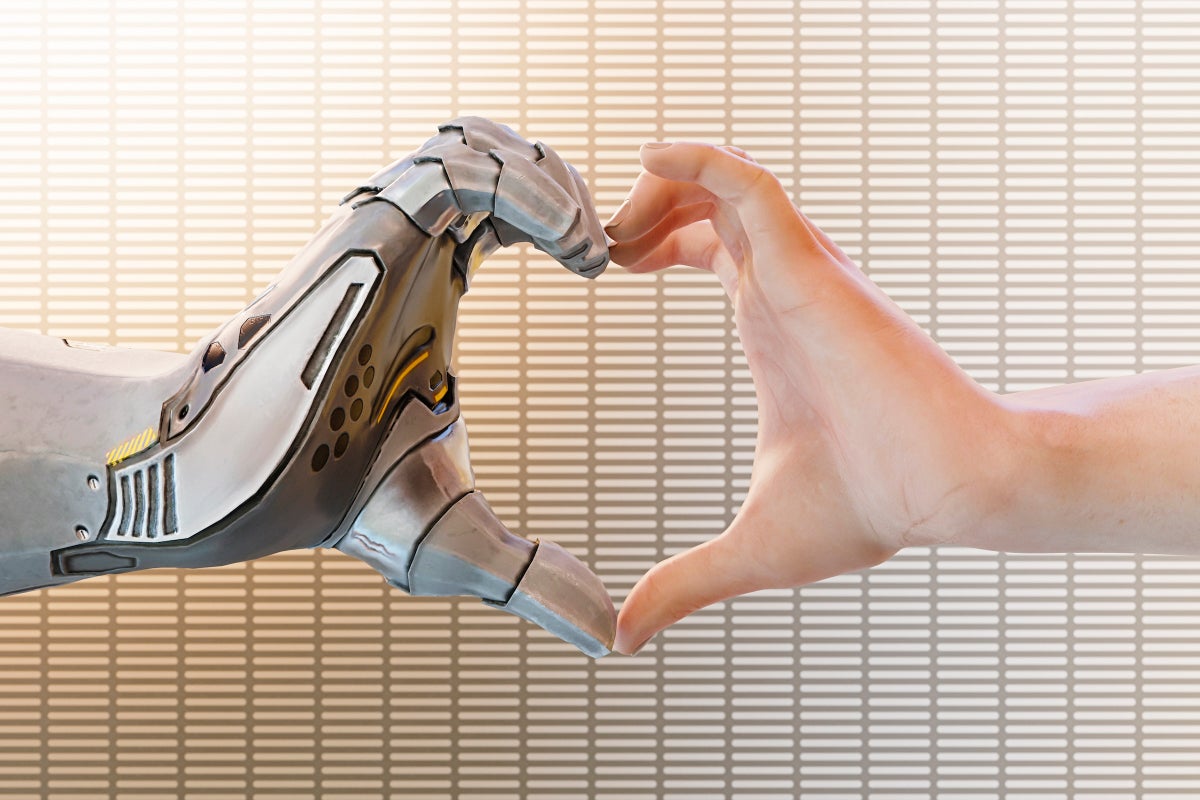In the rapidly evolving landscape of online dating, a new phenomenon known as “chatfishing” is emerging, transforming the way people communicate and connect on dating apps. Unlike the more familiar “catfishing,” where individuals create entirely fake identities using false photos and fabricated details, chatfishing involves the use of artificial intelligence (AI) to craft messages and engage in conversations. This subtle yet profound shift means that many dating app users are no longer just talking to other humans—they may be interacting with AI-driven chatbots or receiving AI-generated assistance in composing their replies. This development raises important questions about authenticity, connection, and the future of romance in a digital age.
The use of AI in dating is growing rapidly. According to a recent survey by Match and researchers at the Kinsey Institute, 26 percent of U.S. singles reported using AI to enhance their dating experiences—a staggering 333 percent increase from the previous year. Supporting this trend, a 2025 study by cybersecurity company Norton found that six out of ten dating app users believe they have encountered conversations authored entirely or partly by AI. Popular “wingman” apps like Rizz, Winggg, and YourMove AI have capitalized on this demand by providing users with AI-suggested responses to incoming messages, effectively automating the art of flirtation and small talk. Some dating platforms themselves are integrating AI tools: Hinge employs AI to help users craft better responses to profile prompts without outright scripting, while Facebook Dating experiments with an AI “dating assistant” to brainstorm date ideas.
One particularly imaginative example was the dating app Volar, which launched in late 2023 and allowed users to train personalized AI versions of themselves. These AI avatars could flirt and converse with other users’ AI counterparts as a form of pre-date screening, effectively outsourcing the initial awkward small talk between potential matches. However, Volar shut down in 2024, indicating that despite the allure of AI intermediaries, many people still desire genuine human involvement in their romantic interactions.
While many users report experiences of matching with partners who seem engaging and charismatic in text but disappointing in person, there is little scientific data yet to show whether chatfishers actually secure more dates or successful relationships. What studies do reveal is that humans struggle to distinguish AI-generated communication from human-written text. A 2024 study found that people could only correctly identify whether news article snippets were authored by humans or AI about 57 percent of the time—barely better than chance. Similarly, a 2025 preprint paper showed that human judges chatting simultaneously with OpenAI’s GPT-4.5 and a human mistook the AI for a person 73 percent of the time. These findings underscore just how convincingly AI can mimic human conversational patterns, making it difficult for users to discern when they are chatting with a machine rather than a flesh-and-blood individual.
The phenomenon extends beyond dating. The MIT Media Lab analyzed a fast-growing Reddit community called r/MyBoyfriendIsAI, where users share experiences of forming romantic attachments to AI chatbots. Many users initially engage with these bots for practical reasons—such as help with writing or problem-solving—but gradually develop genuine emotional bonds. The interactions evolve to include affectionate exchanges like pet names and goodnight messages. When the AI models update and alter their personalities, users often experience a sense of loss or grief, similar to what one might feel after a relationship changes or ends. This blurring of lines between human and machine companionship highlights the powerful role communication plays in creating emotional connections.
At its core, the rise of chatfishing reflects a fundamental truth: humans are wired to bond through communication. ChatGPT and similar AI chatbots were designed to engage users in natural, flowing conversation. Yet the paradox is that while connection is deeply human, the tools we increasingly rely on for dating are artificial. This paradox is partly due to the nature of digital communication itself. Humans evolved to communicate face-to-face, using a rich tapestry of vocal inflections, facial expressions, body language, and eye contact—all of which provide context and nuance. Dating apps reduce these complex interactions to text alone, a format that computers can easily analyze and mimic. For decades, computer scientists have worked to create chatbots that can pass the “Turing test,” a benchmark proposed by British mathematician Alan Turing in 1950. The test involves a judge engaging in text-based conversations with both a human and a machine without seeing them, and trying to tell which is

